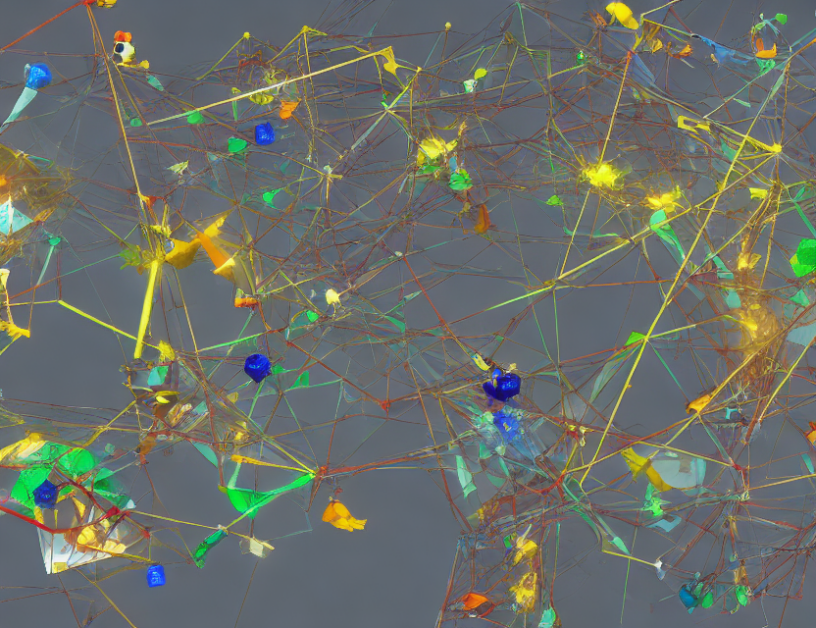Deeplearning has revolutionized image sorting, but existing techniques have limitations. This paper introduces Strongsort, a novel approach that addresses these issues and improves upon previous methods.
Imagine you’re organizing a busy office with hundreds of employees, each one working on various tasks. You need to efficiently sort their work to ensure everything reaches the right person at the right time. Traditional image sorting techniques might struggle with this task, especially when dealing with large volumes of data or complex workflows.
Strongsort addresses these challenges by combining the strengths of two popular deep learning models: DeepSORT and ResNet50. By fusing their features, Strongsort creates a more accurate and efficient image sorting system.
The key to Strongsort’s success lies in its ability to capture both local and global contextual information. Local context refers to the specific details of each image, such as shapes or colors, while global context involves understanding how images fit into the broader picture, like recognizing a person’s face among other objects in a scene. By combining these two perspectives, Strongsort can better distinguish between different types of images, leading to improved accuracy and efficiency.
Strongsort also introduces a novel optimization technique called "association cost matrix C" (ACM). This matrix helps the algorithm assign images to their correct categories, ensuring they are grouped together based on their visual similarity. The ACM is constructed by calculating the similarity between each image pair in the dataset and then normalizing the results.
The Hungarian algorithm is utilized for optimal assignment, which involves finding the best matching pairs of images in the ACM matrix. This process yields associated trajectories, unassociated tracklets, and unassociated detection boxes. The associated trajectories are retained for preparation in subsequent frames of tracking, while unassociated tracklets experience an increase in their "lost time" threshold. If the lost time exceeds a certain threshold, they will be deleted, otherwise, they will be categorized into the associated trajectories. Unassociated detection boxes enter the tracklet initialization stage if their confidence score exceeds a certain threshold.
In summary, Strongsort represents a significant advancement in image sorting technology, offering improved accuracy and efficiency through its innovative use of DeepSORT and ResNet50 features, combined with an optimized association cost matrix. Its ability to capture both local and global contextual information makes it particularly effective in handling complex workflows and large volumes of data. With its potential applications in various fields, including image processing, computer vision, and robotics, Strongsort is poised to make a meaningful impact in these areas.
Computer Science, Computer Vision and Pattern Recognition
Strongsort: A Deep Learning Approach to Multi-Object Tracking



